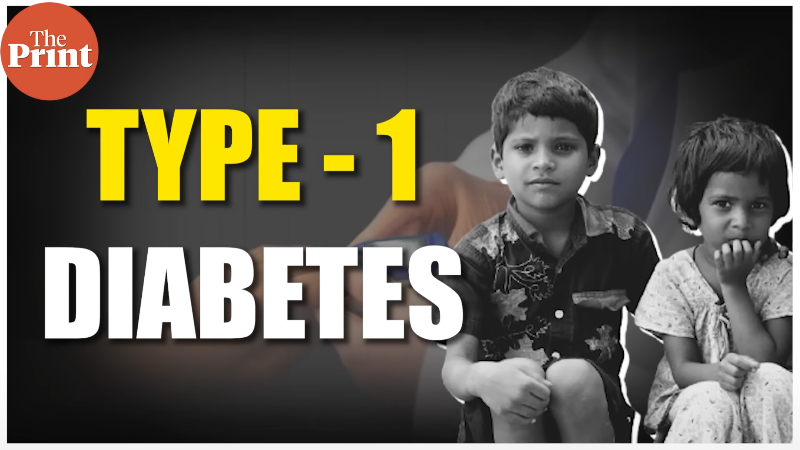by Frontiers
Credit: Unsplash/CC0 Public Domain
When it comes to matters of the heart, cardiovascular disease in women is underdiagnosed compared to men. A popular scoring system used to estimate how likely a person is to develop a cardiovascular disease within the next 10 years is the Framingham Risk Score. It is based on factors including age, sex, cholesterol levels, and blood pressure.
Researchers in the US and the Netherlands have now used a large dataset to build more accurate cardiovascular risk models than the Framingham Risk Score. They also quantified the underdiagnosis of women compared to men. The results were published in Frontiers in Physiology.
"We found that that sex-neutral criteria fail to diagnose women adequately. If sex-specific criteria were used, this underdiagnosis would be less severe," said Skyler St. Pierre, a researcher at Stanford University's Living Matter Lab. "We also found the best exam to improve detection of cardiovascular disease in both men and women is the electrocardiogram (EKG)."
Underdiagnosis due to heart differences
Anatomically, female and male hearts are different. For example, female hearts are smaller and have thinner walls. Yet, the diagnostic criteria for certain heart diseases are the same for women and men, meaning that women's hearts must increase disproportionally more than men's before the same risk criteria are met.
When the researchers quantified the underdiagnosis of women compared to men, they found that the use of sex-neutral criteria leads to severe underdiagnosis of female patients.
"Women are underdiagnosed for first degree atrioventricular block (AV) block, a disorder affecting the heartbeat, and dilated cardiomyopathy, a heart muscle disease, twice and 1.4 times more than men, respectively," St. Pierre said. Underdiagnosis of women was also found for other heart disorders.
Old vs. new
To achieve more accurate predictions for both sexes, the scientists leveraged four additional metrics that are not considered in the Framingham Risk Score: cardiac magnetic resonance imaging, pulse wave analysis, EKGs, and carotid ultrasounds. They used data from more than 20,000 individuals in the UK Biobank—a biomedical database comprising information from approximately half a million UK individuals aged 40 and older—who had undergone these tests.
"While traditional clinical models are easy to use, we can now use machine learning to comb through thousands of other possible factors to find new, meaningful features that could significantly improve early detection of disease," explained St. Pierre. Just 10 years ago, these methods were not available, which is why assessment scales like the Framingham Risk Score have been used for half a century.
Using machine learning, the researchers determined that of the tested metrics, EKGs were most effective at improving the detection of cardiovascular disease in both men and women. This, however, does not mean that traditional risk factors are not important tools for risk assessment, the researchers said.
"We propose that clinicians first screen people using a simple survey with traditional risk factors, and then do a second stage screening using EKGs for higher risk patients."
Paving the way for custom medicine
The present study provides a first step into rethinking risk factors for heart disease. Leveraging new technologies is a promising way to improve risk prediction. However, there are some limitations to the study which should be addressed in the future, the researchers said.
One such limitation is the fact that in the UK Biobank sex is treated as a binary variable. Sex, however, is inherently complex, relating to hormones, chromosomes, and physical characteristics, all of which may fall somewhere on a spectrum between 'typically' male and 'typically' female.
In addition, the study population was middle-aged and older people residing in the UK, so the results may not be transferable to people from other backgrounds and ages. "While sex-specific medicine is one step in the right direction, patient-specific medicine would provide the best outcomes for everyone," St. Pierre concluded.
More information: Sex-specific cardiovascular risk factors in the UK Biobank, Frontiers in Physiology (2024). DOI: 10.3389/fphys.2024.1339866
Journal information: Frontiers in Physiology
Provided by Frontiers







Post comments